How Community Can Be Your Brand's New Secret Weapon
In our crowded market, brands that survive on mere transactional customers will not stand the test of time. Here's how to avoid becoming extinct.
Community is not a buzzword. Since prehistoric times, our species quickly figured out that we could survive better if we banded together in tribes as opposed to living solo. The cosy feeling of people huddled around the fireplace hearing the day’s story about how Uti almost lost dinner because he was collecting pebbles also didn’t hurt.
Thousands of years later, the story hasn’t changed. No matter how much we rely on the internet, we still crave the feeling of being in a tribe, the feeling of being kindred, the feeling of us vs. them, the feeling of iPhone vs. Android.
As a brand owner, you want to tap into this core longing to be part of a community that has more than transactional customers but a tribe of loyal people who have a genuine connection with your brand. This brings in more money, increases the lifetime value of each customer, and creates an infinite amount of referrals.
In this issue of The White Cue, you’ll learn:
What to do before you start a community
When to start a community
How to start a community
Where to host your community
Before You Start…
The core idea of building a community is simple: you want a tribe where you offer value to people with similar interests who are united by a mission that your brand’s offering can solve. Simple.
For instance, a business that sells packaged cooking ingredients (offering) knows that its audience will be made up of people who love to cook (the mission). So, they start a community that curates and creates content about cooking hacks, alternate recipes, kitchen organisation, or the best spots to get vintage cooking utensils (value).
Quick one: The example above shows that while many times the mission revolves around something lofty like SpaceX trying to make humans a multi-planetary species, it’s not always that serious, and yours can be as simple as addressing people who just want to cook great meals. It also shows how value is not limited to just educational content. More on that later.
To get to this point, though, you should already have figured out who your target audience is, their needs and how you can fill them. I outlined how you can do this in a previous newsletter.
Next, when do you start?
TL;DR version: right now.
Expanded version:
No matter what stage you are in your business, you want to start your community right now, and here’s how to do that in different scenarios.
Before you launch your brand: You don’t want to wait until after you launch before you start building the community. Start building momentum before you have a product to sell or even a brand that people know about. Your momentum will be converted into followers, email and SMS lists that you can tap into when you’re ready to sell.
When you have an active brand: Congrats! You’re lucky to already have a base of people that can be the foundation of your community. You also have more data about the kinds of things these people like, which can guide you on what type of content your community will thrive on.
So, again, start right now, no matter where you are in your business!
Here’s how to start…
Choose your community ownership model.
There are three major ways that you can do this:
a) You can make it clear to the public (most times through your bio) that your brand owns the community. This helps with instant brand recognition and association, which will be useful when you’re ready to sell.
b) You can make the community an independent brand with its own identity. This has the major advantage of looking organic and natural. You’re not hiding the business behind it, though. Your community members will eventually know its owned by your brand when you’re ready to sell. You’re just reducing the barrier of entry.
c) You can utilise your personal brand as the centre of the community, where people join because of your personality and the unique value you have to offer. You can then consolidate this love into a community where you give even more value!
Build the right community.
Many people start the whole community game with the goal of getting a large number of followers, but it’s the quality of the followers first before we focus on the quantity.
By this point, you already know the kind of people you want in your community based on your target. So, as opposed to blindly amassing any type of follower, your goal is to ensure that everyone who joins is as close to this ideal target as possible. Why?
Eventually, you’ll want to convert the community’s love to sales, and if you end up with a community filled with people that don’t need or aren’t interested in your offer, you’ve wasted your time and are better off just adding ‘influencer’ to your bio.
Decide what type of value you’re giving
If you’ve consumed a lot of content about content creation, you must have heard the word value being thrown around a lot. It’s normal for you to think that value is limited to only education. While this is a go-to option, it might not apply to all brands. Value can also be:
Inspiration
A Sense of Kindred
Deals and Discounts
Entertainment
Whatever type of value you choose, you need to ensure that it’s something that’s relevant to your audience and is also sustainable for you to give out.
Get a community manager
You’re probably spending a lot of time on your actual business, and managing a community is extra work. While it’s important for you to be part of the community in its early stages, I don’t advise actively managing it. Get a content creator/curator who can also double as a community manager instead.
Where to host your community
I want you to picture your community as a large, fenced compound with a smaller inner section that is fenced and gated.
The open, large part of the compound are your social media pages. Think Instagram, Twitter, TikTok, Facebook, YouTube, and so on. Each piece of content you put out is a sign post outside your compound that invites people that look like your target to come to the page where they can consume similar content.
The more quality content you put out consistently, the more people enter the large compound. We can actually stop here and have this as our community. When we’re ready to sell, we just reach out to our followers.
However, these social media platforms don’t belong to us, and we can easily lose access to them.
So, we lead them into an inner compound, which is a platform where we have super-direct access to members. This could be an email list, a group chat, or your web app. The key is to choose a platform that feels natural to your type of audience. To take them to the inner compound, though, you want to offer—you guessed right—more value.
We could then treat this inner compound as the main community where we offer more value or a compounded version of it where we stack different types of value (more of this in a future newsletter?).
An added advantage of this model is that we know the inner community members are more likely to purchase from us as they’ve taken an extra step, which is an indication of belief in your brand! They really want to be part of your community!
Final note:
Building a community is not an easy feat, and it takes time to build an organic tribe where everything feels natural and non-salesy. This is why it’s not done by everyone. This is why you’ll stand out. You’ll stand out and win because you understand the value of long-lasting loyalty over instant, transactional customers.
Now, the next step. How do you convert your community into paying customers?
I’ll be hosting a free online workshop on Saturday, April 6th, 2024, where I go in-depth on this. My team and I are selecting only 39 founders and entrepreneurs to enjoy this one-hour session where you also leave with a one-year roadmap template and a secret gift. So apply now for free to reserve a spot.
If you’re reading this after the workshop, subscribe to The White Cue so you don’t miss surprise drops like this. Salem.

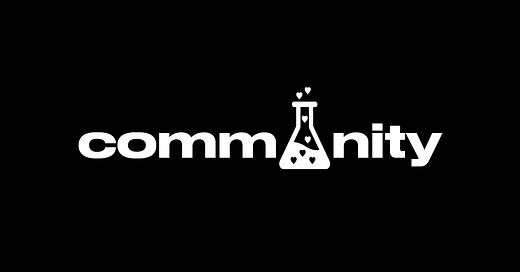



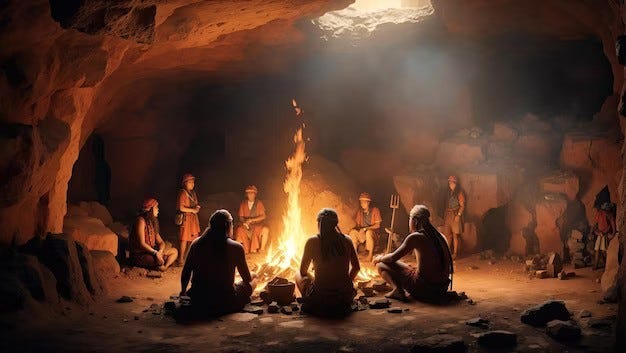
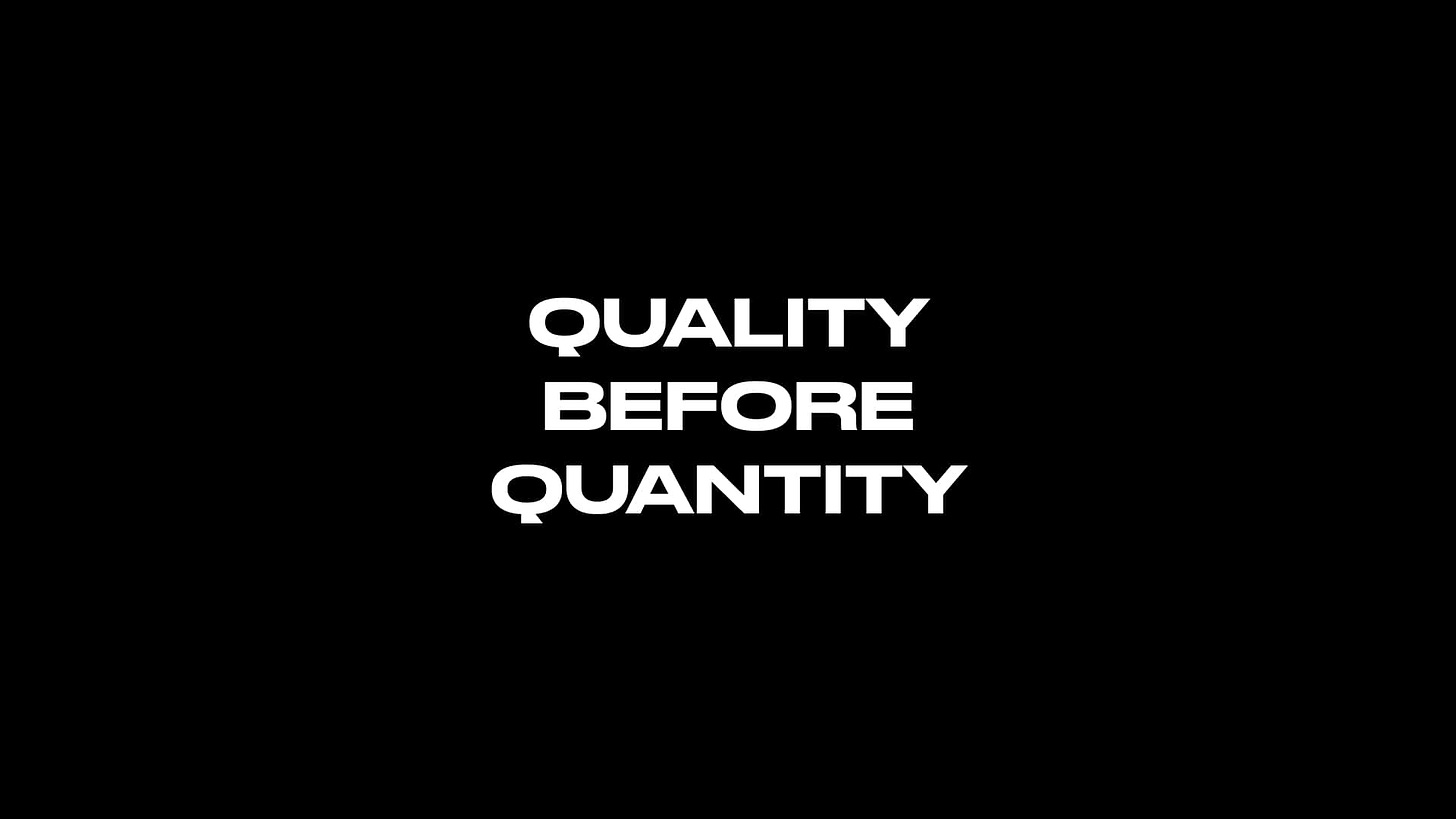
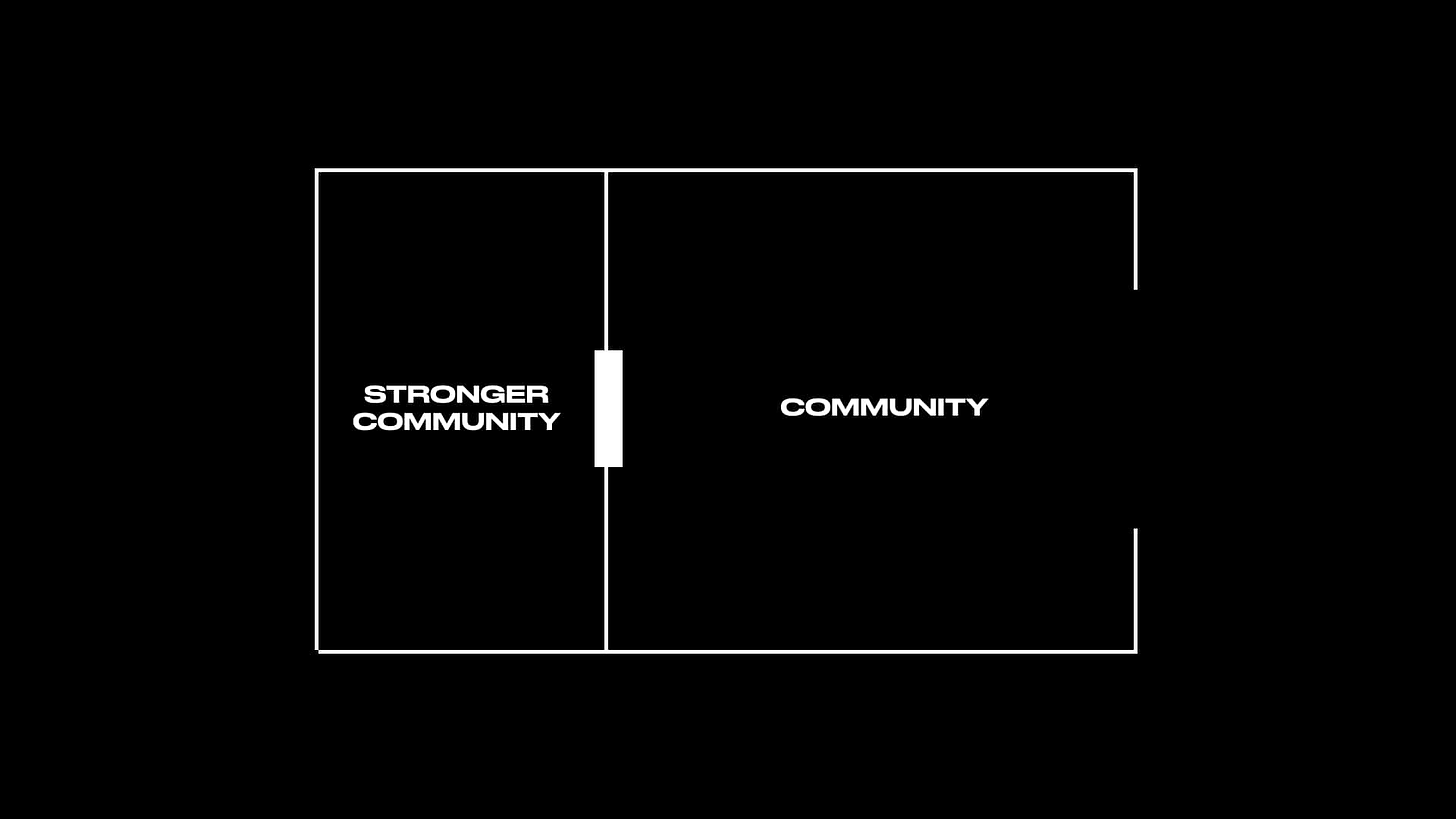
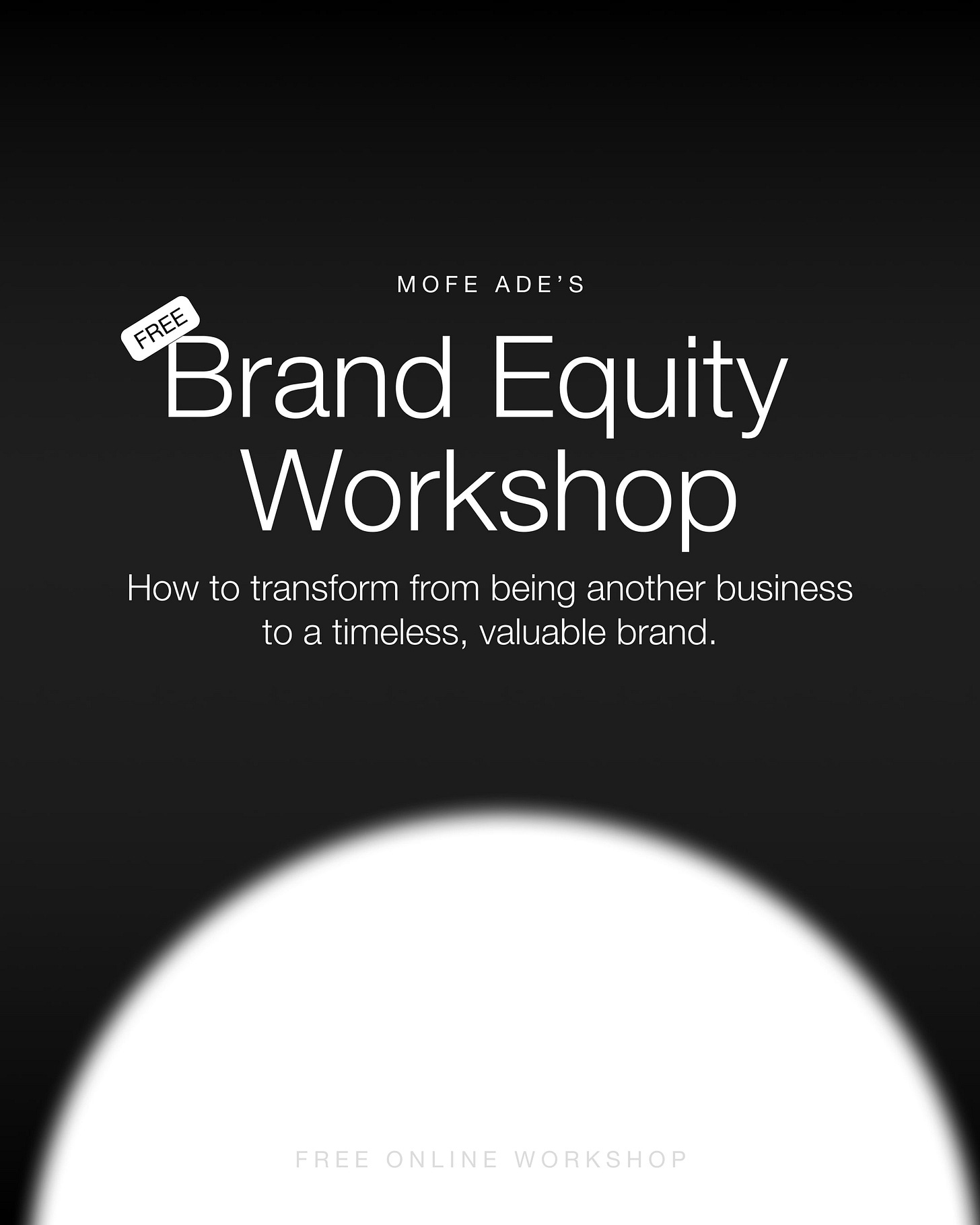
I love the outer court and inner court thing for a community. In as mush as our content attracts they are some that will be high on it better than the rest.
They are people who either is high on your personalty or your product.
Very relatable, insightful and profound!
Thank you for sharing